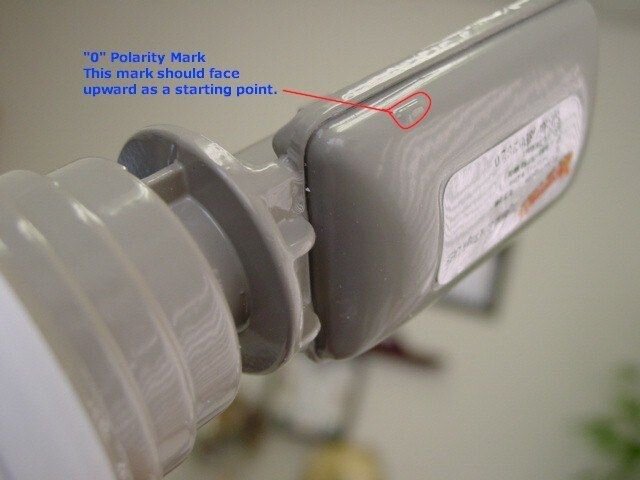I don't see them here in the USA, but 0.2 dB typ NF LNBFs are relatively easy to get in Europe (at least based on Google,) and there are two (maybe 3 0.1 dB LNBFs advertised as 0.1 dB NF.
As the LNBF NF and dish size determine the system NF the most, optimizing them yields the best results.
Are these NF's real or are they inflated?
You'll pay dearly to get them here in the US. But if anyone has one, try comparing it with a 0.3 dB Invacom or Xtreme II and post the results here.
For now, my TechSAT 0.3 dB unit will do.
As the LNBF NF and dish size determine the system NF the most, optimizing them yields the best results.
Are these NF's real or are they inflated?
You'll pay dearly to get them here in the US. But if anyone has one, try comparing it with a 0.3 dB Invacom or Xtreme II and post the results here.
For now, my TechSAT 0.3 dB unit will do.


